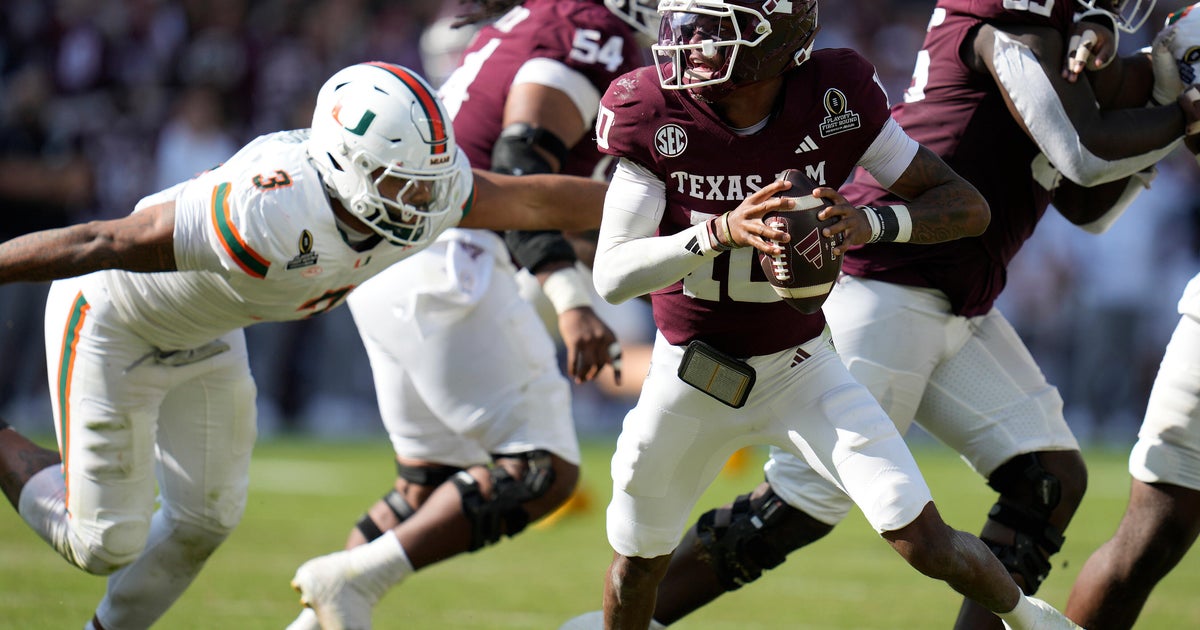She dreamed of a job that did not exist but now, Miami-Dade County’s first forensic artist is celebrating retirement.
Samantha Steinberg’s sketches helped crack cold cases and catch fugitives, including the last of Miami’s “Cocaine Cowboys.”
None of it started the way you think.
Steinberg grew up in Miami and then graduated from the Rhode Island School of Design, intending to work in advertising.
However, the skilled artist who grew up reading true crime novels before it was popular and dreamed of being an artist who helps law enforcement close cases.
In 1998, she met with a detective who did sketches for what was then the Metro-Dade Police Department.
“I strong-armed my way in,” Steinberg joked.
She showed him her artwork and eventually earned opportunities to sketch. Her first attempt at sketching a suspect that needed to be identified helped close the case.
The moment she found Falcon
Gustavo Falcon dodged arrest for decades. Then one Tuesday in 2017, Steinberg’s eyes opened.
10 years earlier, she built a series of age progression photos using wrinkles and grey hair from other booking photos to show Falcon’s likely physical evolution. It aired on “America’s Most Wanted.”
So, as filmmakers released the documentary “Cocaine Cowboys,” which was about Falcon, his brother Willie and Sal Magluta, Steinberg tried again.
She took a shot by entering Falcon’s picture in MDSO’s facial recognition database and running it against that image, asking it for men who were the age he would currently be.
“And when I did, all of a sudden, an image came up and I was like ‘Oh my god, that’s him,'” Steinberg said. “That’s the fake identity he’s been living under.”
She then found herself sitting alone in her office on that fateful Tuesday, wondering who to tell after finding the biggest fugitive for the DEA and U.S. Marshals after being on the run for 28 years.
“The detective and I – Detective Goldstein – we were friends, so I texted him and said ‘What would you think if I told you I found Gustavo Falcon?’ And he wrote back, ‘No [expletive] way.'”
Six weeks later, U.S. Marshals tracked down Falcon near Orlando, giving Steinberg updates along the way.
“I remember physically shaking when I was leaving headquarters after I found him,” she told CBS News Miami.
Still an artist after retirement
Eight years later, the forensic artist, who literally wrote the book that peers use to identify suspects, retired. In her career, Steinberg transformed her field, the Miami-Dade Sheriff’s Office said in an Instagram post celebrating Steinberg’s career.
Steinberg pioneered the use of digital software to create composite sketches. She also built Florida’s first statewide facial recognition database, which led to more than 400 identifications.
Now, she is working full-time for Reed Revesz, a company she co-founded with her nephew. They hand-paint sneakers, leather bags and other accessories.
“It’s fun for me to do art where I’m not taking directions from someone else or having to base it on some photograph of a deceased person,” she said.
Given the impact of her “other” work, Steinberg said she is willing to help law enforcement with forensic art on a part-time basis.



